It is often better to work smart than hard — and a smart way to deal with limited spaces is by looking upwards. Using vertical spaces is a common solution involving combining several features into a single unit. One kind of furniture that adopts this clever solution is a loft bed. The raised sleeping unit creates a feature that can serve a variety of purposes, such as storage, studying, and even more napping. For instance, what’s better than having a little nap just above your reading nook? You would simply close the book, climb up the loft unit, and slumber in comfort.
What is a Loft Bed?
A loft bed is essentially designed to save space and allow for additional functionality. It features a raised bed that is high enough to offer substantial space underneath it — think bunk beds minus the bottom bunk. Loft beds minimize the amount of floor area needed by making use of vertical space. This is achieved by raising the bed adequately off the floor on a sturdy set of legs or a framework.
The spacious area opened up beneath the bed can serve a variety of purposes. Depending on the height of the bed, the lower space can accommodate anything from a desk to a couch, in addition to storage units and even a separate bed. The latter option is not to be mistaken with a bunk bed, which is a single unit of two or more beds built on top of each other.
Measurements to Consider for a Loft Bed
Loft beds are generally available in three main categories characterized according to height. The categories determine the most suitable purpose each loft bed may serve. These include low loft beds, mid loft beds, and high loft beds.
Low loft beds are ideal for children or rooms that have low ceilings. The available space beneath a low loft bed can accommodate storage units such as drawers or cubbies. You may also turn that lower area into a cozy reading nook or a play space for the little ones. Low lofts are slightly over four feet and provide adequate headroom for your kid even in bedrooms with low ceilings. The typical height of ceilings ranges from nine to ten feet. Rooms with ceilings of eight feet or lower will ideally allow for loft beds of this height.
Mid loft beds, also known as low bunks, are suitable if you’re looking for more space beneath the unit. As the alternative name suggests, you can incorporate a lower bunk under the medium loft bed. Alternatively, you could use the lower area for shelving or other storage units. A mid loft bed typically measures up to 5.1 feet. A room with a low ceiling of eight feet may still fit a mid loft bed, leaving a fairly adequate headroom of at least two feet.
High loft beds allow for substantial space to incorporate a desk or a couch underneath the sleeping area. A high or standard loft bed is typically six feet in height. To maintain ample headroom, consider this type of loft bed for rooms with ceilings that are at least nine feet high.
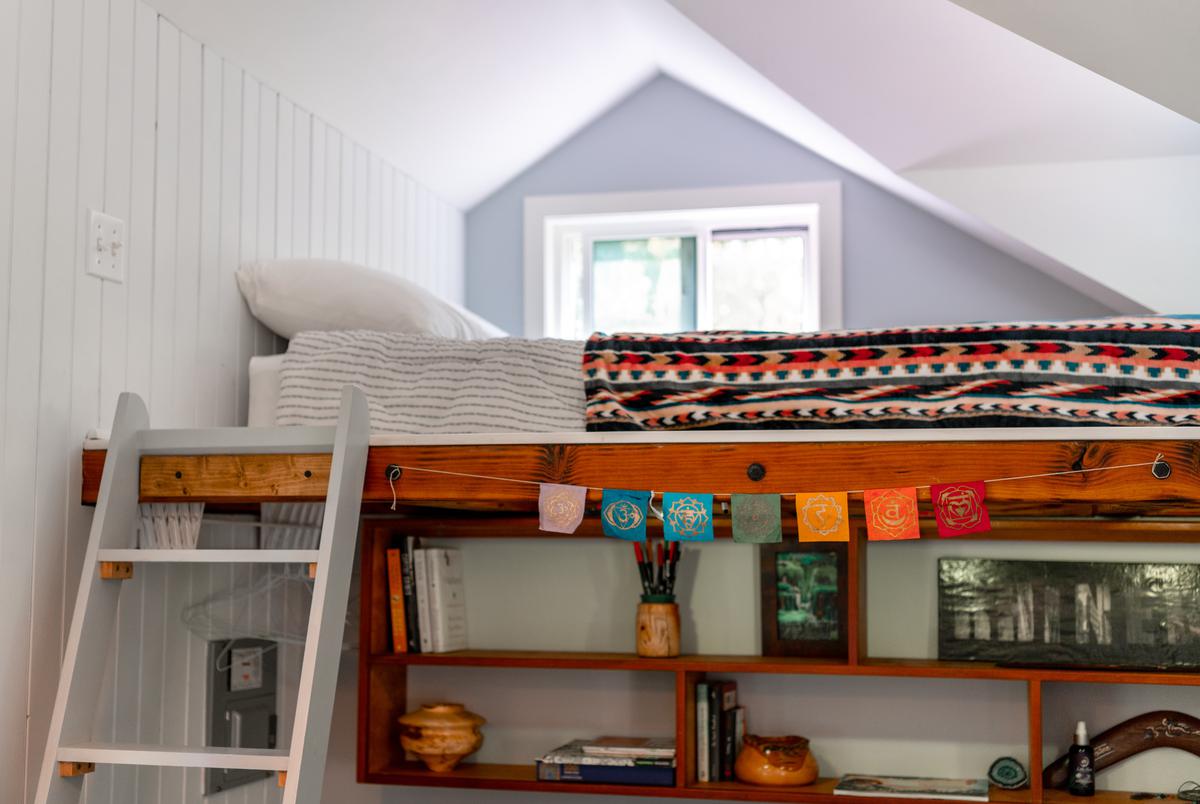
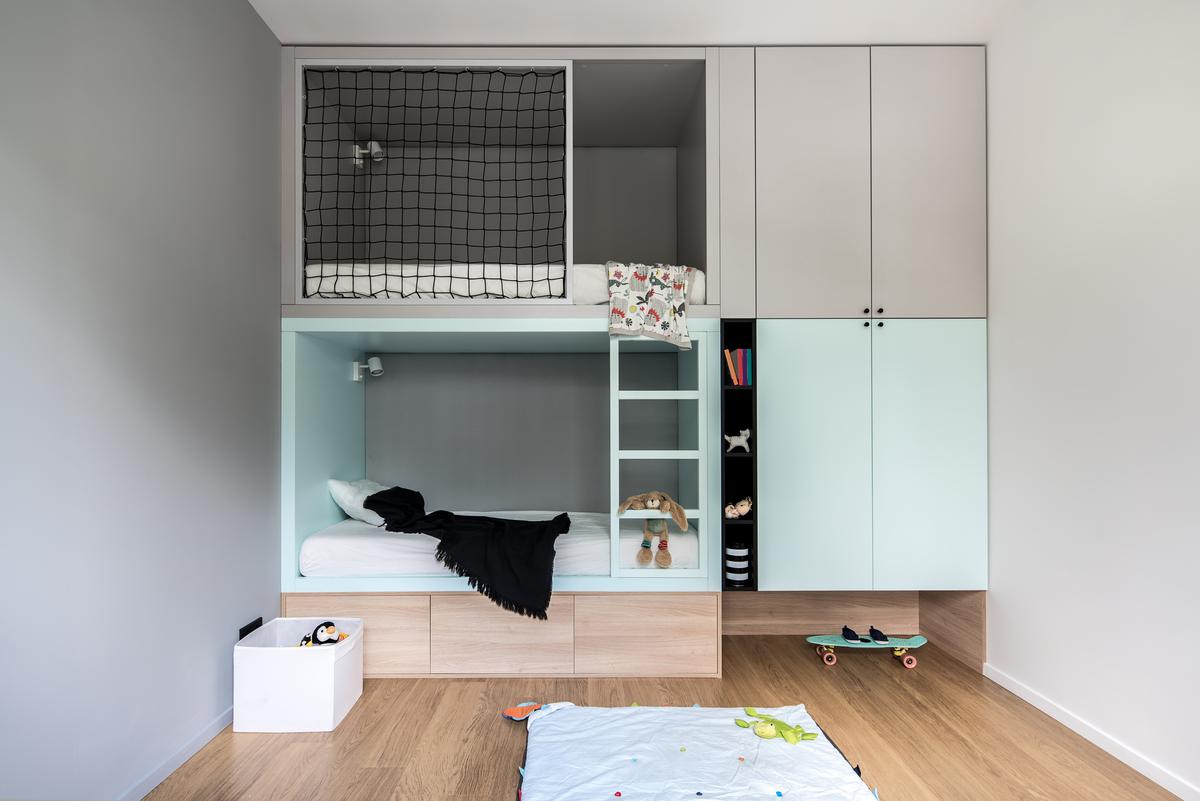
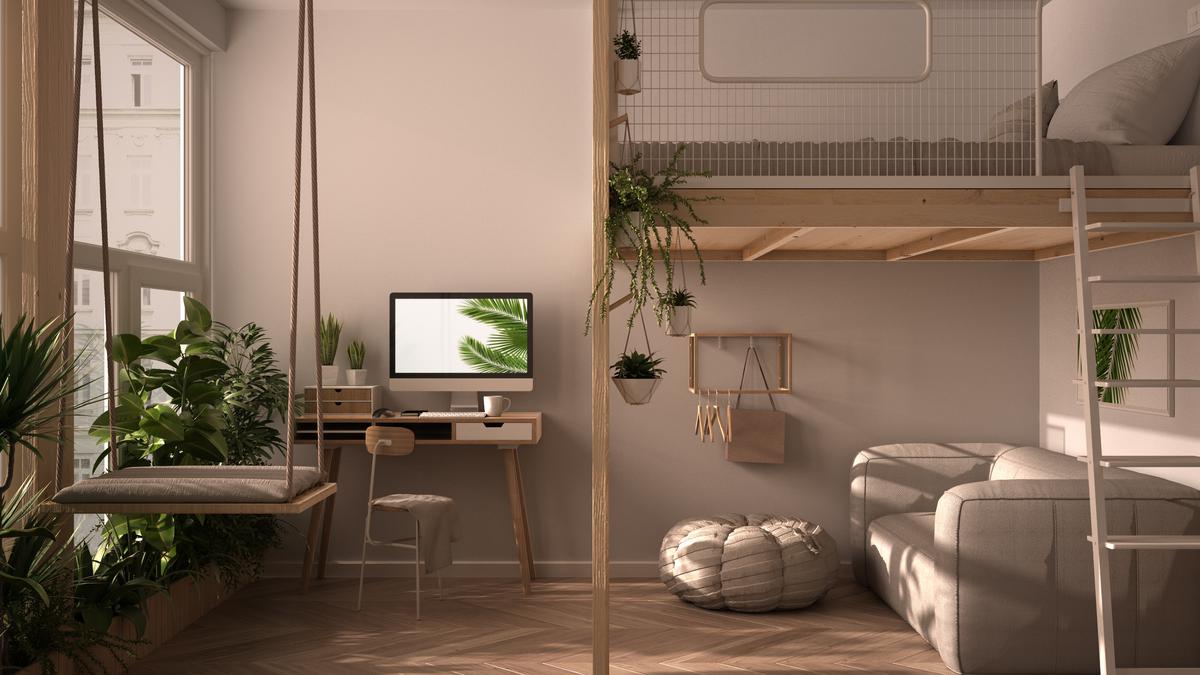
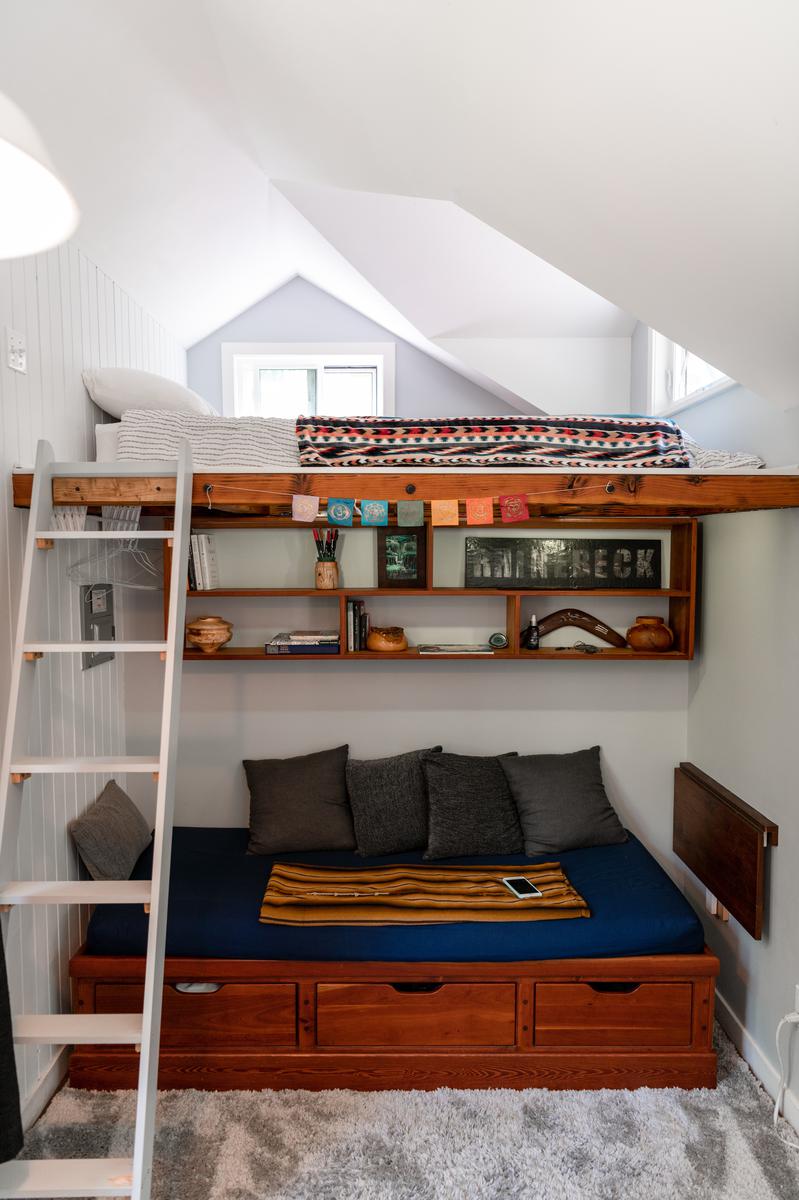
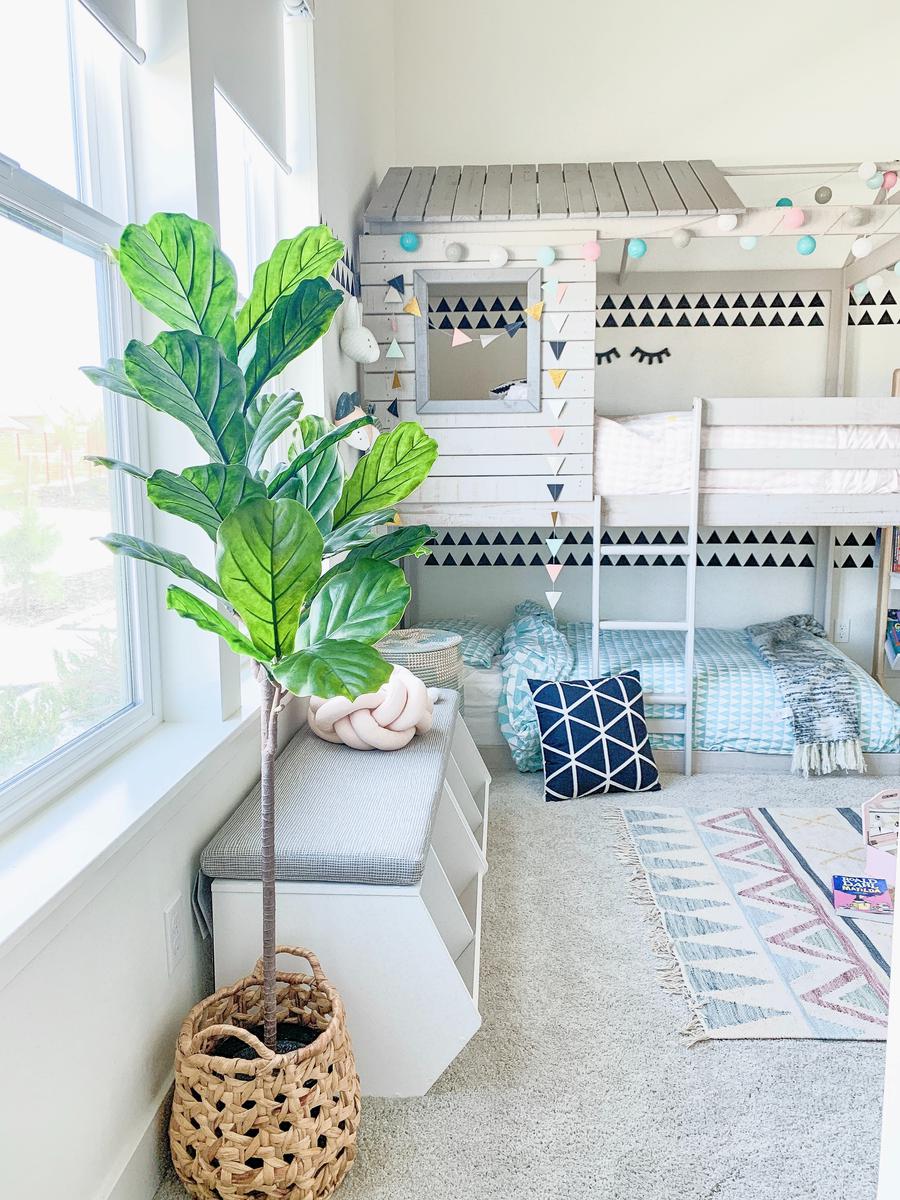
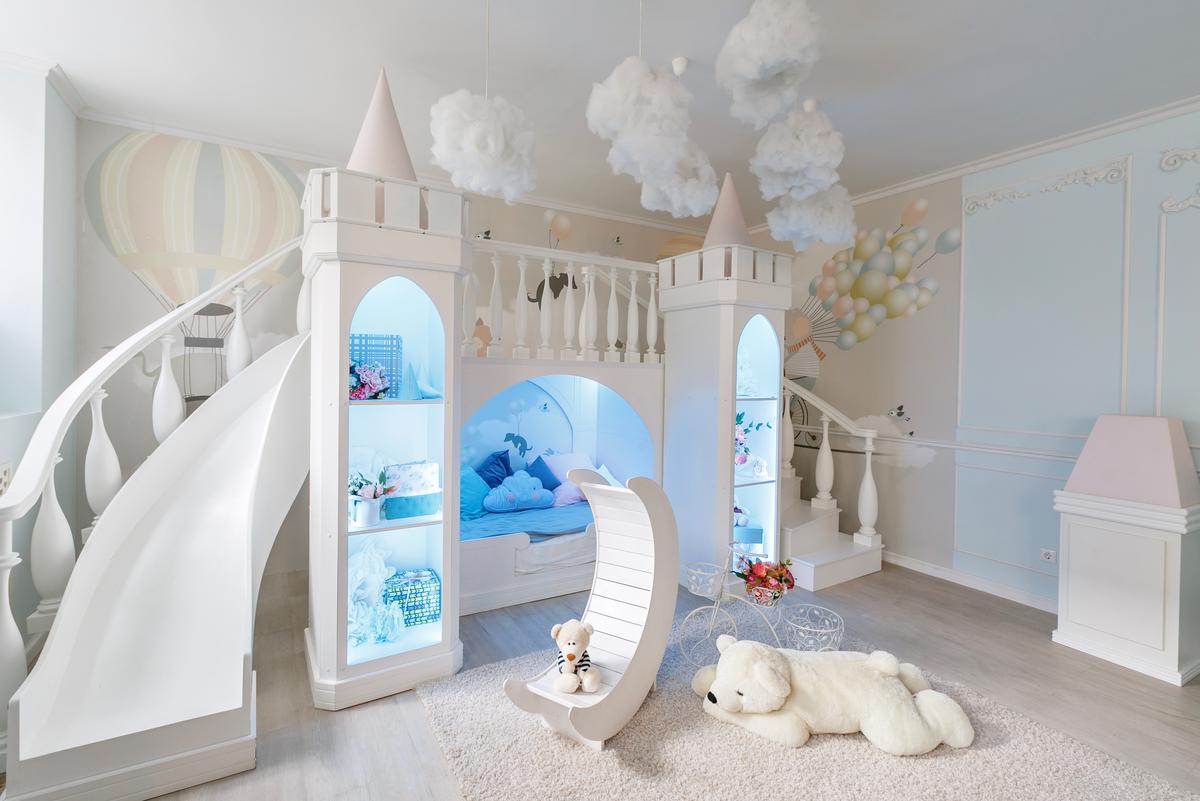
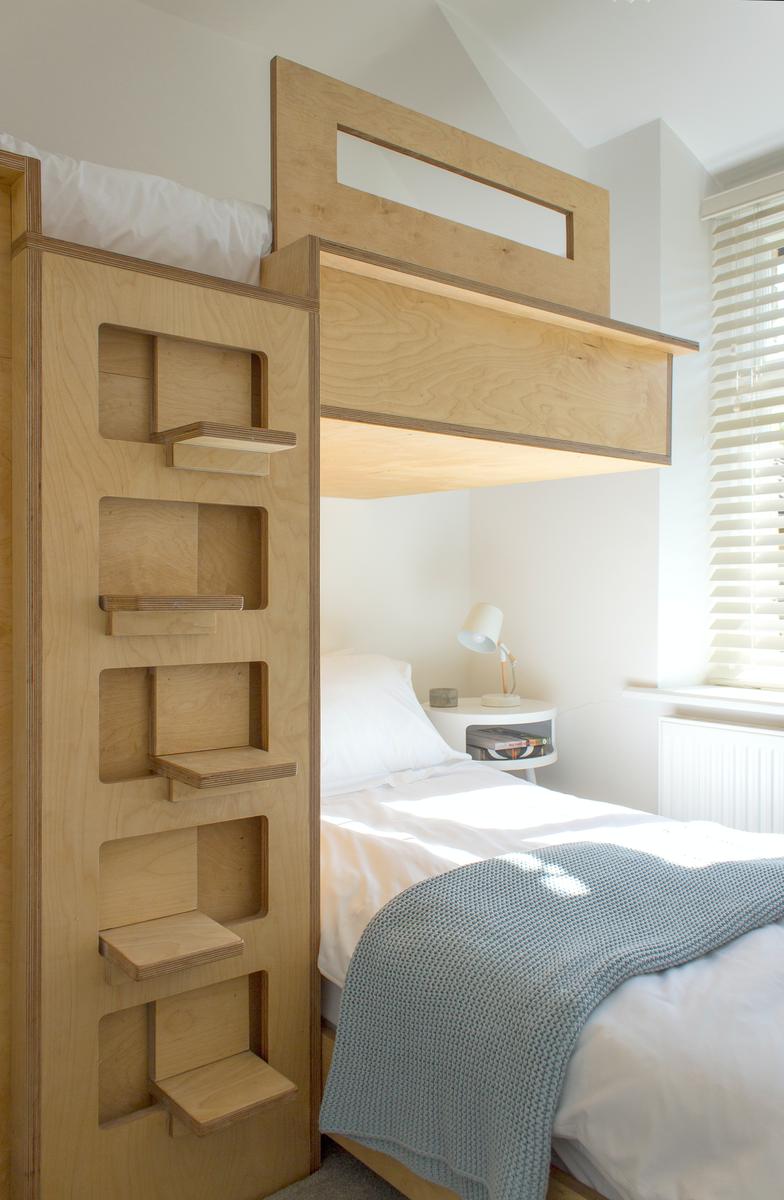
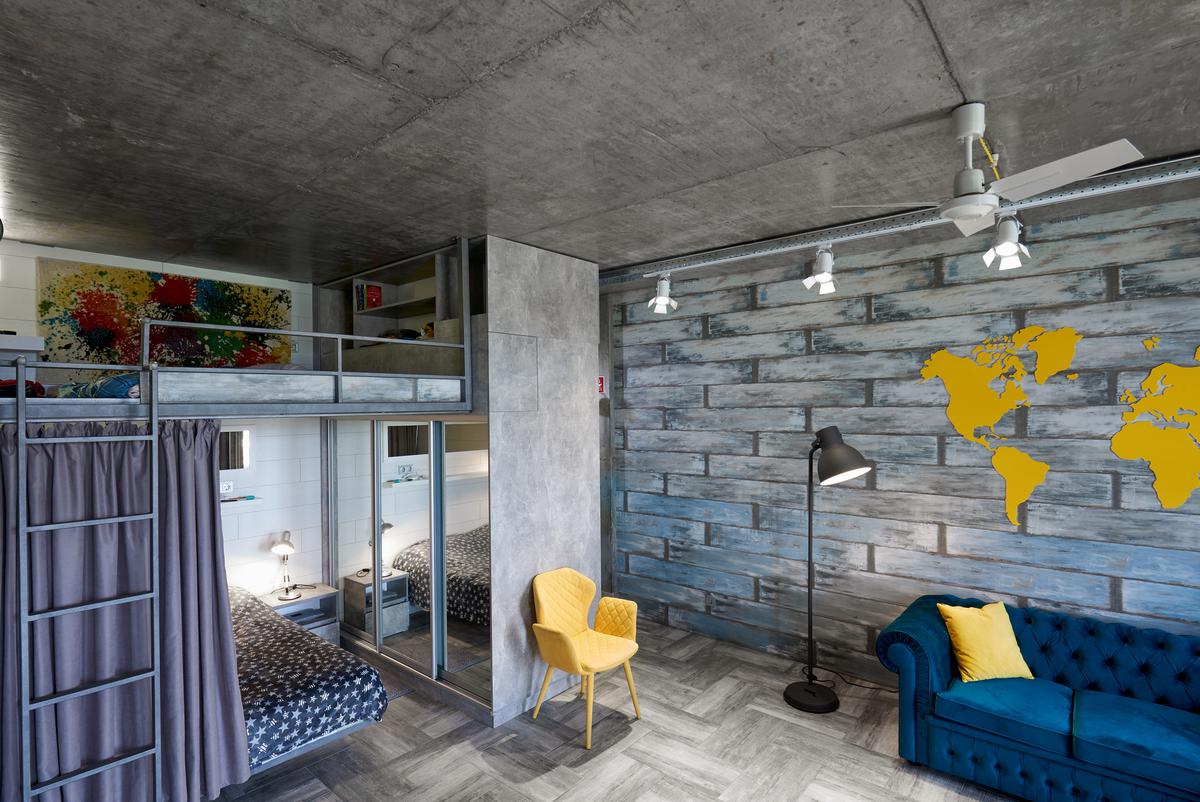
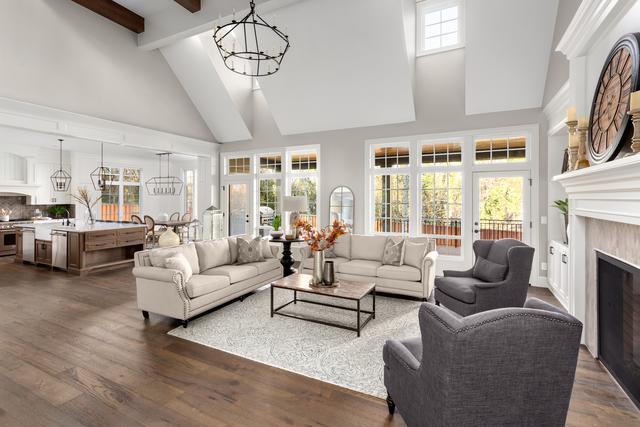
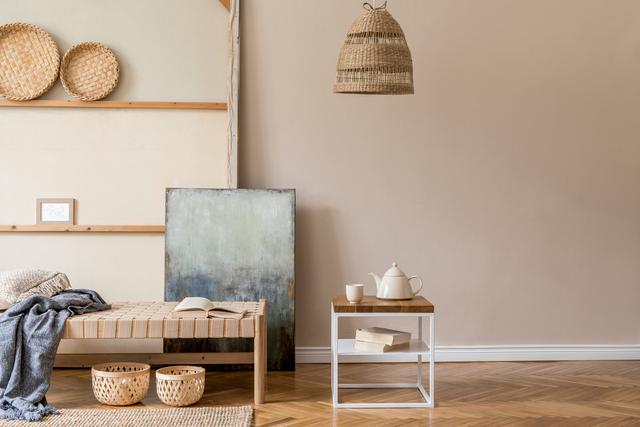
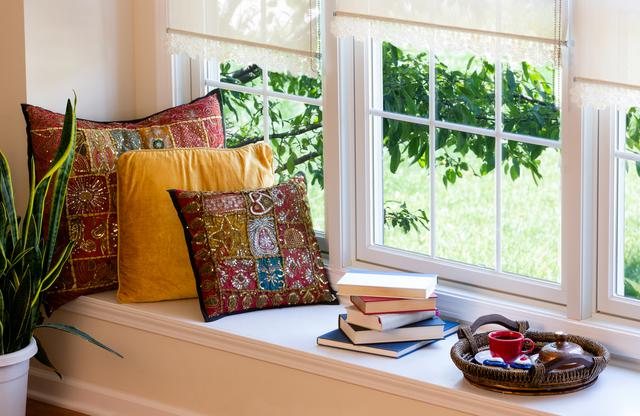

comments